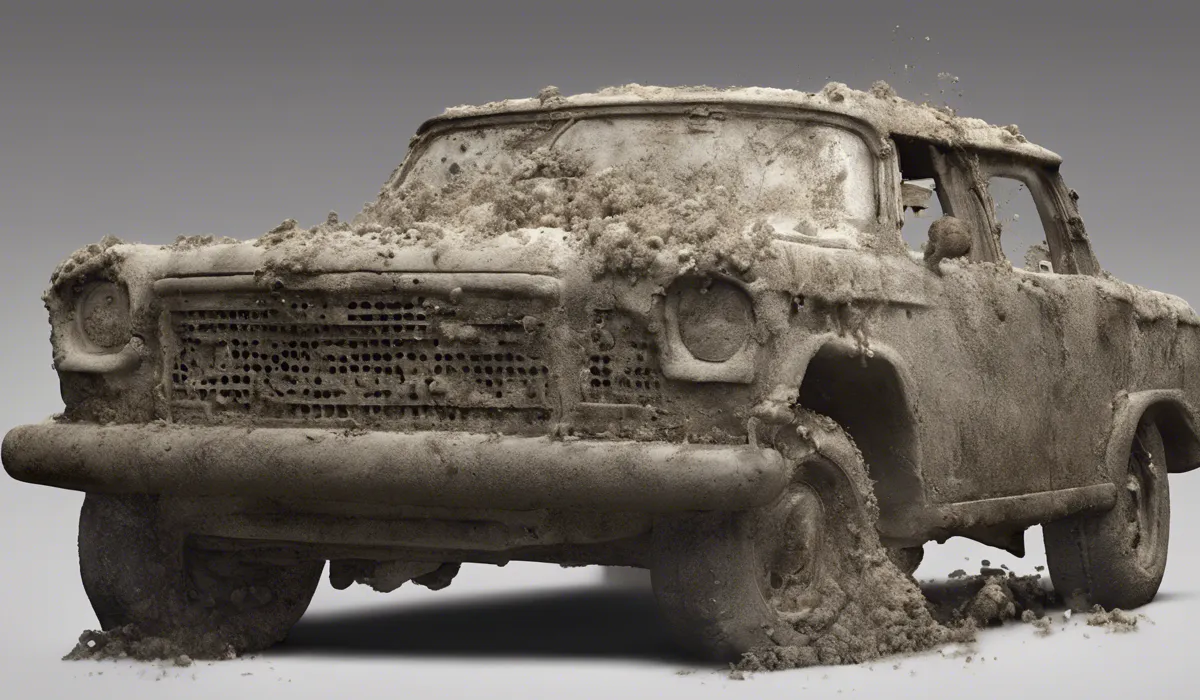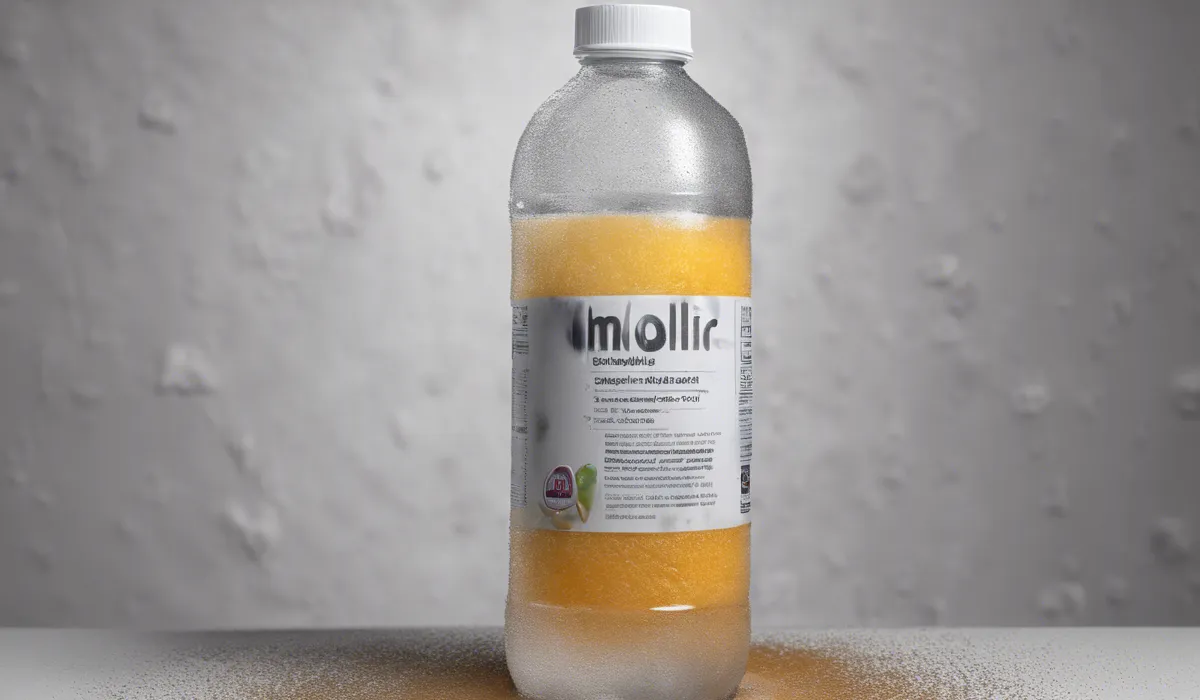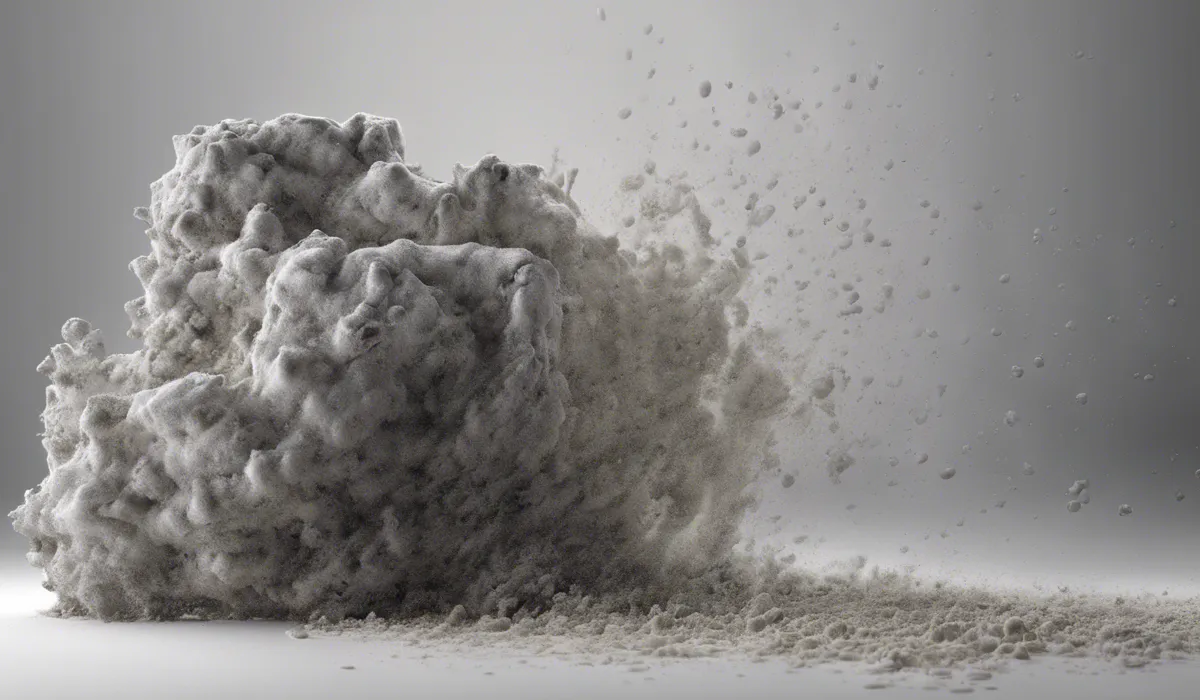Yes, mold can be invisible. Microscopic mold spores are often airborne and undetectable to the naked eye. Invisible mold can still cause allergic reactions or odors, indicating its presence. Professional assessment is recommended for detection.
Understanding Mold and Its Various Forms

What Is Mold?
Mold is a type of fungus that plays a crucial role in the environment. It helps to break down dead organic matter, returning nutrients to the soil.
Molds are diverse and can be found almost everywhere, from outdoor forests to the very walls of our homes.
They reproduce by creating tiny spores that travel through the air, much like seeds from a plant.
Visible Molds and Microscopic Mold Spores
There are two main forms of mold that concern us: visible molds and microscopic mold spores.
Visible molds are what you see as patches of black, green, or white growths on surfaces. Microscopic mold spores, on the other hand, are too small to see with the naked eye. They float through the air and can invade indoor spaces without notice.
Conditions for Mold to Thrive
Mold needs certain conditions to grow. Moisture is the most important, as mold cannot grow without it.
Warmth also speeds up mold growth, and organic matter, like wood, fabric, or paper, provides the food mold needs.
When these conditions come together, mold can grow rapidly, often out of sight.
Invisible Mold Explained
Mold can be invisible for many reasons. Tiny spores may be present in the air or hidden in porous materials where they cannot be seen.
Sometimes mold grows inside walls or under floors, areas we don’t typically see. Even though it’s not visible, this mold can still affect the air quality and our health.
Health Implications of Invisible Mold

Risks of Invisible Mold Exposure
Invisible mold is a concern because we can breathe in mold spores without realizing it. Exposure to mold can lead to various health problems, especially for those with mold allergies or weakened immune systems.
Even if you don’t see mold, it can still be there, affecting your health.
Who Is Most at Risk?
Infants, the elderly, and individuals with conditions like asthma or other respiratory issues are especially vulnerable to mold.
Their bodies are less able to fight off the allergens and irritants that mold produces. It’s important to keep living spaces mold-free to protect these groups.
Recognizing Symptoms of Mold Exposure
Symptoms from mold exposure can range from sneezing, coughing, and watery eyes to more severe reactions like difficulty breathing or skin rashes.
Long-term exposure can lead to more serious health issues. If you have persistent symptoms, consider whether invisible mold could be the cause.
The Role of Indoor Air Quality
Indoor air quality is crucial for our health, and invisible mold can significantly impact it. Poor air quality can aggravate allergies and lead to respiratory problems.
Keeping indoor air clean and free of mold spores is important for maintaining good health.
Detection and Remediation of Invisible Mold

Signs of Hidden Mold
Mold might be invisible, but it often leaves clues. A musty smell is one of the most common signs.
Other indicators include water stains or discoloration on walls and ceilings, peeling paint or wallpaper, and ongoing health symptoms like allergies that improve when you leave the building.
Tools for Mold Detection
To detect invisible mold, tools like moisture meters can help find wet areas where mold might grow.
Mold tests, available for home use or through professional services, can determine the type and concentration of mold spores in the air. However, for a thorough assessment, a professional evaluation is often best.
Steps to Remove Mold
Removing mold involves several steps. First, fix any moisture problems to prevent new growth.
Then, clean moldy surfaces with the appropriate cleaners. Some materials, like drywall, may need to be replaced.
Lastly, take steps to keep the area dry and well-ventilated to prevent mold from returning.
When to Call the Professionals?
If you suspect you have mold but can’t find it, or if the area of mold is large, it’s time to call in the professionals.
They have the tools and expertise to safely remove mold and make sure it doesn’t come back. Professional help is also important if anyone in your home has health issues that could be worsened by mold.
FAQs About Invisible Mold
Can mold be invisible to the naked eye?
Yes, mold can be invisible as microscopic spores are often airborne and can’t be seen without magnification.
How can you tell if invisible mold is present?
Invisible mold presence may be indicated by allergic reactions, musty odors, or persistent health symptoms without an apparent cause.
Can invisible mold cause health problems?
Yes, even if mold is invisible, it can still cause health issues such as allergic reactions or respiratory problems.
Is it necessary to get a professional to detect invisible mold?
Professional assessment is often recommended for accurate detection and identification of invisible mold.
Can invisible mold be removed from a home?
Invisible mold can be removed by professionals through remediation processes that include identifying and eliminating the mold source.
Final Thoughts
Mold can indeed be invisible, with microscopic spores floating through the air, eluding the human eye.
Despite being unseen, these spores can trigger allergic reactions and produce noticeable odors, hinting at their presence. To accurately identify and address invisible mold, seeking a professional evaluation is advisable.
